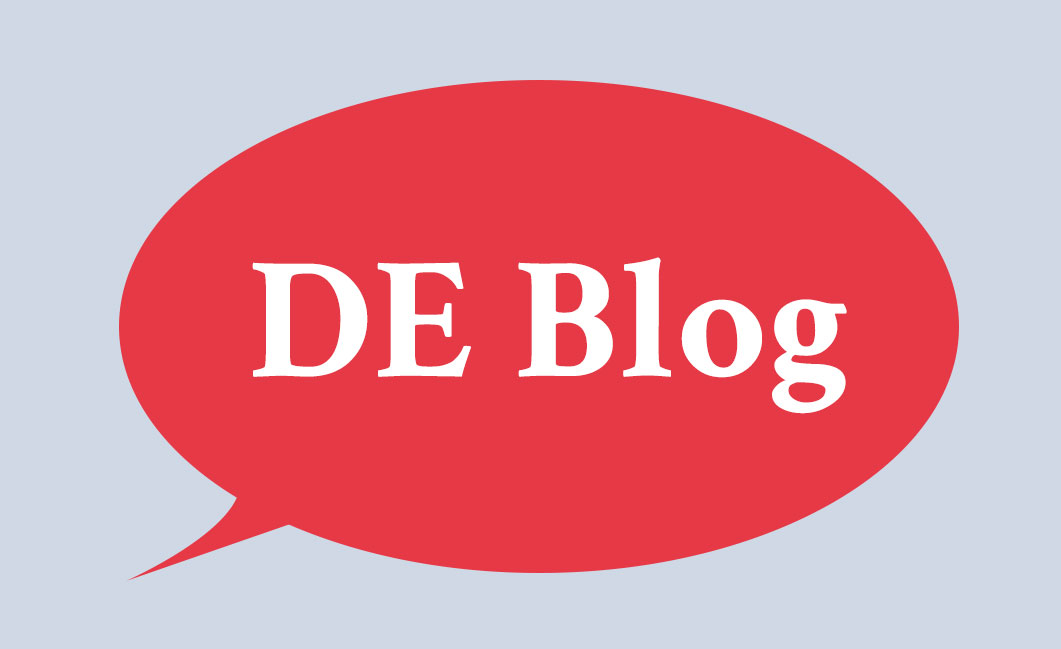It can be a little overwhelming to try and condense an entire research project or paper into a poster, but here are some tips.
Before you make the poster, there are some things you should consider:
- What is the most important or most interesting finding of the project/paper?
- What do I want to impart with my poster presentation?
- What visuals would be most effective (ie, pie chart, graph, etc)?
- What will my presentation cover that will complement the poster?
- Who will be seeing my poster/listening to my presentation?
What Are the Elements of a Good Poster?
A good poster is easy on the eyes. What does this mean? It’s not jam-packed with text, has appropriate, clear graphics, and it clearly conveys important information. It’s not cluttered, messy, or confusing. Some other things to think about:
- Any crucial information should be readable from 8-10 feet away
- Most of the text should be readable from 4 feet away – and don’t use multiple fonts
- Headlines, bullet points, and numbers make information easier to read and digest
- Make sure the layout is clean, without clutter
What About My Presentation?
You’re done with the poster! Now you have to figure out what you’re going to present. Keep in mind, you also have to be ready to talk about the larger project that isn’t on the poster, answer any questions attendees might have, and so forth. There may be a lot of details you need to review, so be prepared! You might want to have your professors, friends, or colleagues look at your poster and ask you questions, to get an idea of what sort of things people might focus on or how they might respond.
Put together a 4-5 minute presentation, giving an overview of the project, walk viewers through the poster, and fill in any pertinent details that didn’t make it onto the poster itself. It’s important to remember: Do not read from the poster! You’re the expert on the topic at that moment; you shouldn’t be reading from the poster, nor should you need to. Use the poster merely as a visual aid to explain the images or highlight a point.
Remember, viewers will often have questions, and it will likely end up more of a discussion than a static presentation. At the conference, let viewers have a few minutes to look at your poster and think about it, before launching into your presentation.
Did you know that we can assist you with poster presentations? While we can’t actually write your poster or print it, we can edit and revise the text, and when you’re ready to present, we can schedule a Skype session with your editor so you can do a practice presentation and question and answer session. Preparation is key for success, and we can help! Contact us today to learn more.
